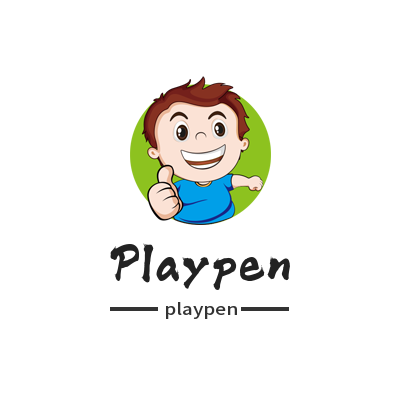Between 6 months and 1 year old, your baby goes through many important developments and changes. Here are some typical changes that may occur during this stage:
Motor Development: During this time, your baby will typically learn to sit up, crawl, and may begin to attempt to stand and move around. Their muscle strength and coordination continue to increase.
Language and communication: Your baby begins to try to imitate sounds, making vague syllables and babbling sounds. They may be able to recognize and respond to some simple commands and begin to understand simple words and expressions.
Social and Emotional Development: Your baby will show more closeness and attachment behaviors to familiar people, perhaps smiling, giggling or gesturing for a hug with their arms. They also begin to display emotional expressions, such as being happy, angry, or upset.
Dietary development: During this stage, babies usually start experimenting with solid foods. They may begin to chew soft foods, grab food with their hands, and gradually learn to drink from a cup.
Cognitive development: Babies begin to be more curious about their surroundings and show more desire to explore. They may try to take apart toys, observe the properties and relationships of objects, and begin to understand simple cause-and-effect relationships.
Sleep patterns: Your baby's sleep patterns may start to stabilize, and they will typically have longer periods of wakefulness and longer nights of sleep.
These changes are just some of the typical developmental milestones and may vary for each baby. It is important to give your baby adequate attention, encouragement and appropriate stimulation to support their development and growth.
How can babies better learn to sit up and crawl?
Helping your baby learn to sit up and crawl requires providing appropriate support and stimulation. Here are some ways to help your baby make progress in learning these skills:
Learn to sit up:
Provide stable support: Initially, you can place soft cushions or cushions around your baby to provide stable support. This will prevent your baby from falling over and getting hurt when trying to sit up.
Grip and balance: Have your baby sit on a flat, sturdy surface, such as the floor or a low bed. Gradually encourage your baby to use her arms and palms to support herself and practice sitting upright and maintaining balance.
Games and Toys: Motivate your baby to stay seated using toys or games that capture their attention. You can place the toy a little further in front of your baby to encourage them to reach forward and grab it to increase stability in the sitting position.
Learn to crawl:
Belly Time: Provide your baby with enough belly time to allow them to bear weight on their belly and build muscle strength in their back, waist and arms. This can be done by placing your baby on the floor, allowing them to move freely on their belly.
Motivational toys: Place toys that interest your baby a little far in front of them to encourage them to crawl forward with their arms and legs. You can use toys that are brightly colored, make sounds, or have dynamic elements to grab your baby's attention.
Encourage movement: Use gentle sounds and encouraging words to motivate your baby to move forward. You can sit in front of your baby and let them crawl toward you, or place some support, such as a cushion or pillow, to help keep your baby balanced as they move forward.
Safe environment: Make sure your baby is in a safe environment while crawling, away from sharp objects and dangerous areas. You can use removable fences to demarcate your baby's area while maintaining their supervision.

